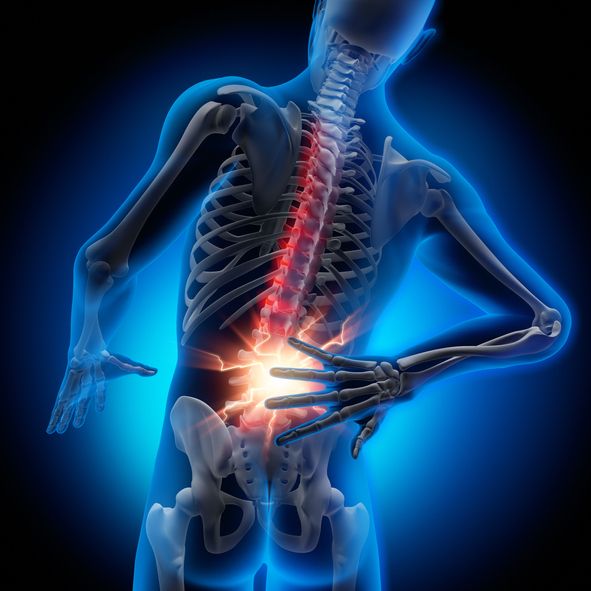
What Causes Lower Back Pain?
Lower back pain can come from a variety of sources, such as:
● Problems in the lumbar spine: Issues with the vertebrae or discs in the lower back.
● Muscle stress: Overworked or irritated muscles from bad posture, overexertion, or tension.
● Nerve compression: Commonly triggered by a herniated disc continuing close-by nerves.
● Internal organ concerns: Pain referred from organs in the pelvic or stomach.
If your pain is serious, sticks around regardless of rest, or includes signs like leg pain, feeling numb, weak point, or inexplicable weight-loss, it's crucial to see a medical professional.
How Ayurveda Can Help
Ayurveda, with its holistic and reliable solutions, provides natural services for treating lower back pain. Here are some therapies that can assist:
● Kati Basti: This includes using warm, medicated oil directly to the lower back. The warmth and oil work together to ease tightness, promote blood circulation, and soothe pain.
● Elakizhi: Medicated natural leaves are used in a hot compress to eliminate muscle stress and promote recovery.
● Panchakarma (Basti): This treatment uses a medicated enema to calm Vata dosha (among the body's energy types). Vata imbalance is typically linked to back pain, and Basti assists bring back balance, decrease inflammation, and avoid reoccurrence.
Acupuncture for Pain Relief
Acupuncture is another powerful way to handle neck and back pain. By inserting fine needles into particular points on the body, acupuncture:
● Stimulates the release of endorphins, the body's natural pain relievers.
● Improves circulation and lowers swelling in the affected location.
● Works together with Ayurveda to offer a well-rounded and effective pain management option.
Yoga for Long-Term Relief
Yoga complements Ayurveda and Acupuncture, providing a method to manage pain daily. It helps by:
● Stretching and strengthening the muscles: Yoga postures can help enhance versatility and ease tension in the back.
● Breathing workouts and meditation: These practices calm the mind, lower stress, and support your body's natural healing procedure.
While yoga alone might not entirely eliminate the underlying reasons for lower neck and back pain, it can substantially alleviate discomfort and assistance maintain a healthy, pain-free back gradually.
A Holistic Approach for Lasting Relief
By combining Ayurveda, Yoga, and Acupuncture, you're not simply treating ayurvedic medicine for diabetes the signs-- you're addressing the source of lower back pain. These treatments work together to balance the mind and body, providing a more natural and thorough solution to pain relief. With this integrative technique, you can find not just physical relief however also a higher sense of well-being and balance in your life.
If you're searching for a long-lasting, holistic way to handle your lower back pain, these treatments could be the response.